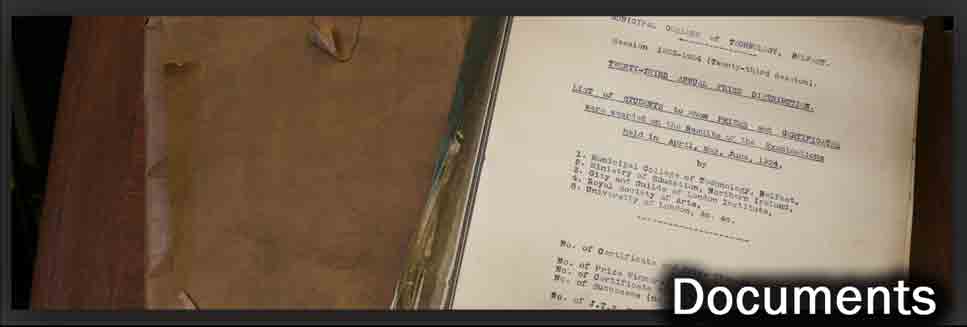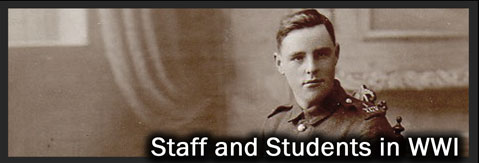In March 1900 Mr S Stevenson, who had executed several commissions for the Lord Mayor Alderman R. J. McConnell was appointed architect. As the proposed building made of imported Portland stone would be a purpose-built showpiece on a par with Belfast’s other new prominent buildings, including the City Hall and St Anne’ Cathedral a suitable site was needed. This controversial new site was made available by the Royal Academical Institution (Inst) in College Square one of the most fashionable addresses in Belfast at that time.
In May 1902 workmen arrived in College Square East to lay out the ground for the foundations of the new Municipal Technical Institute. On the 26 May 1902, the building contractor, W. J. Campbell & Sons began work on the new Institute. By the autumn of 1904 the new building had reached its third floor when an additional floor was proposed to accommodate the School of Art. The chief contractor W. J. Campbell & Sons were supplemented by 22 other Belfast companies, including Musgrave & Co. Ltd who provided the steam engine at the heart of the heating system. The windows were designed by stained glass artists and manufacturers Ward and Partners of Belfast. There were also contributions from suppliers in Great Britain.
The windows were designed by stained glass artists and manufacturers Ward and Partners of Belfast. Ten stained glass windows adorned the walls of the Central Hall and the main staircase. The windows survived the bombings from the second world war and the ‘troubles’ and the original windows still remain in the College Square East building.
Documents
Some original documents exist including early prospectus, posters, a paper by the second Principal Rupert Stanley on the new technical scheme published in 1912 and presidential address given to the Belfast Association of Engineers one of with was delivered in 1947 on the Belfast Shipyards.
Diligence and Skill a book about the history of the college over a 100 years was written by historian and college lecturer Henry Bell in 2006. This wonderfully detailed book has helped inform the content of the website and our heritage work. Copies of this beautifully illustrated 65 page book are available for sale from the college.






